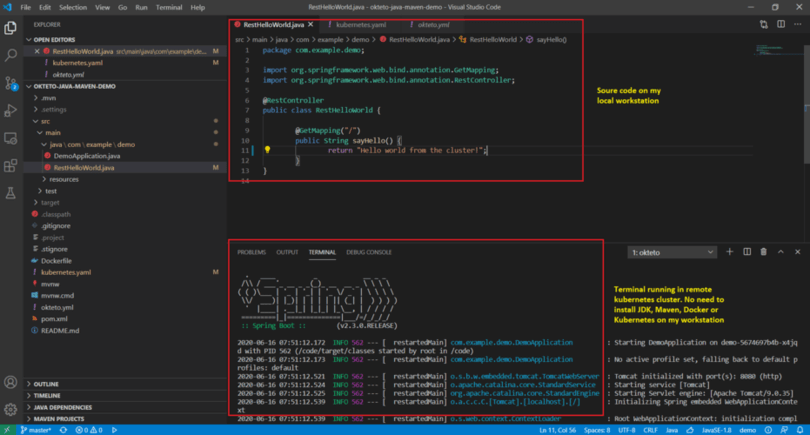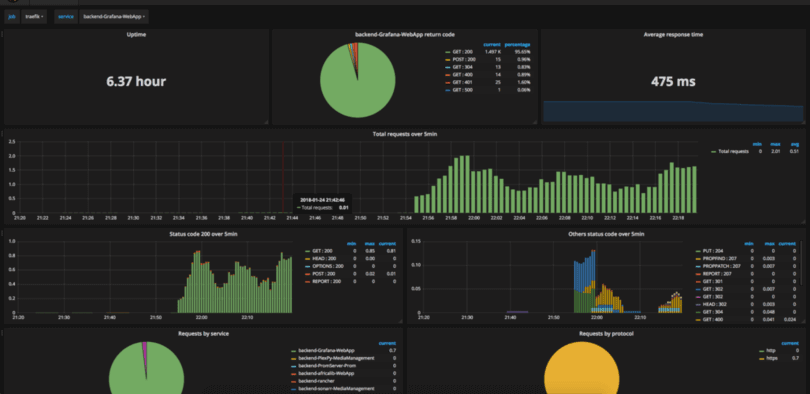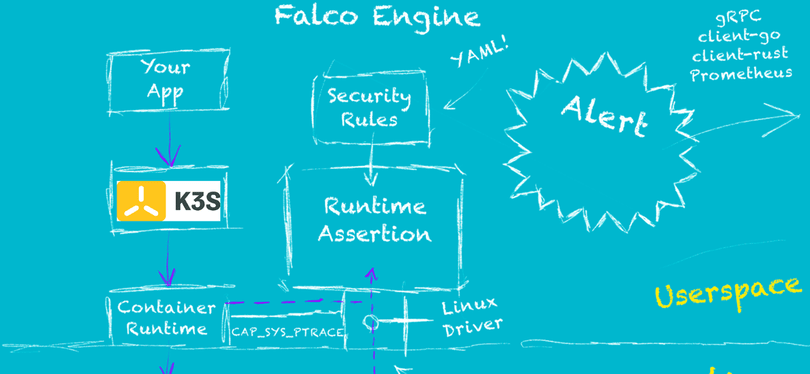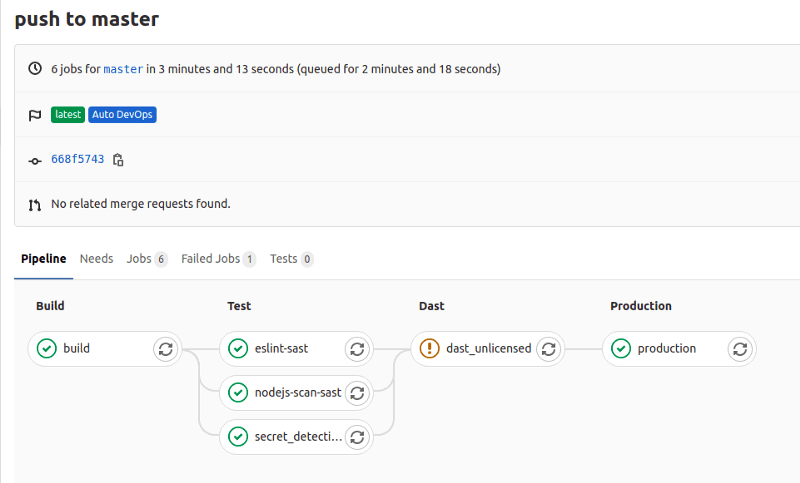2020 was a busy year for Civo, and we couldn’t have done it, and get where we are now, without our community of users. Between the wider community, our Civo Ambassadors, and our staff team, there is an enormous amount of knowledge and skill to be found. I’d like to present some of our top cloud-native guides for the year gone by, drawn both from guides published on our site and around the web by our community of users. They feature technologies we really like and projects that give you the jump start on whatever you may want to create.
You can of course view the full list of Civo learn guides organised by category, but these are my picks for the last year:
GitOps using Helm3 and Flux for a Node.js and Express.js Microservice

Modern open source software legend Alex Ellis penned a guide for us at the start of the year combining a whole bunch of the hottest cloud-native technologies: a GitOps pipeline using FluxCD, a Node.js microservice, and continuous delivery. There are so many ways to take these principles forward and develop something of your own that gets continuously deployed to your Kubernetes cluster. A great starting point.
Using the Civo Terraform Provider
Civo Golang developer Alejandro distinguished himself this year by writing the Civo Terraform operator. This is part I of his guide (part II available here) to using Terraform to manage Civo resources as code.

In fact, if you are interested in infrastructure as code, you will love Pulumi and this guide by Zsolt Homorodi. It gets you started managing Civo Kubernetes clusters in your favourite programming language, without having to get to grips with Terraform’s DSL. So, whether you’re a Python person or a Gopher, a JavaScript fan or a dotNet developer, you’ll be able to use syntax you know to define and manage clusters. No more context-switching!
Develop and test your code directly in Kubernetes using Okteto

Civo ambassador Milind Chawre contributed a guide to a tool that fast became a personal favourite of mine in 2020: Okteto.
Allowing you to develop and test code natively and directly in Kubernetes, it’s like getting a supercharged cloud-native development environment with immediate feedback. With no need to run a cumbersome local Kubernetes cluster that can be a drain on your system resources, with Okteto you can make changes to cloud-native apps without having to rebuild images with each change you want to see deployed. I was so impressed I even did a talk about Okteto in our July community meetup. You can see a video here.
Run JMeter Tests in k3s Civo Kube100

Professional performance test engineer NaveenKumar Namachivayam took Civo Kubernetes out for a spin in his guide (and video) to deploy and run JMeter tests in Kubernetes. The guide runs through everything you need from starting your cluster and deploying JMeter to it, running your test suites and eventually viewing the results. While the guide runs a single example suite, it gives you the option to deploy more complex suites, and mentions how you can visualise the results with Grafana without having to download the results to your local machine.
Monitoring K3s with the Prometheus Operator and Custom Email Alerts

Observability and monitoring are absolutely key to application deployments, and the popularity of this guide by Civo user Sam Weston shows just how much interest there is in the topic. Detailing how to get to grips with Prometheus to monitor your Civo K3s clusters and receive email alerts for things you care about, it’s precisely the kind of material you would be well-served to deploy on any project you run. As an additional bonus, Sam’s guide shows you how to monitor the monitoring of your cluster itself, in case you lose connectivity to it and have to run to the rescue.
K3s + Sysdig: Deploying and securing your cluster

Dan “POP” Papandrea is a great figure in the wider cloud-native space, from his work at Sysdig to his podcast – not to mention his guitar playing! He wrote a guide to securing your K3s cluster deployed on Civo by installing and configuring Falco, an open-source runtime security tool. Coupled with the Prometheus-operator detailed in Sam Weston’s guide above, you could have a master security monitoring tool deployed to your clusters made completely with open-source solutions.
Deploying Ghost With SSL From The Civo Marketplace

Keith Hubner, another of our helpful Civo Ambassadors, has written a series of posts detailing how to run blogs on Kubernetes. This guide distils that information to a single package, with instructions on how to set up a cluster to host a Ghost blog, secured with SSL provided by Let’s Encrypt. Utilizing the Civo application marketplace to full effect, this guide really shows how you can leverage the tools available on our platform to build impressive things quickly.
Deployments without YAML using Ketch

Our single most-viewed guide of the year is Saiyam’s guide to Ketch, an open-source product from Shipa that aims to ease the application deployment process for developers. Whether it’s wanting to avoid sorting through YAML or abstracting away the deployment process, this guide has really caught the attention of our community. We would love to hear how you have employed Ketch to your advantage!
Connecting Gitlab and Kubernetes for continuous deployment on Civo

Our newest Ambassador at the time of writing this, Andrew Mac Iver, wrote up a guide to connecting GitLab to Kubernetes to achieve continuous delivery pipelines with minimal fuss. Using the “Auto DevOps” feature of GItlab, he demonstrates how you can get a pipeline that deploys a new version of your application with each push or merge to the master branch. Combining the best of GitOps seen in the first guide at the top of this article with best practices of CI/CD, this guide is an absolute winner.
We want to hear from you!
If you have an idea for a guide you’d like to see published, you can submit one in your account under https://dashboard.civo.com/suggestions. Don’t be afraid to submit something even if you aren’t fully finished with it: we’re more than happy to work with you to edit it for publication. Even if you just have an idea for a guide you’d like to see, reach out to any member of the Civo staff in our community Slack or hit us up on Twitter with your idea. Who knows, maybe your guide could appear on a top list like this one in 2021?
Let us know if you end up trying one of these guides and show off what you create!